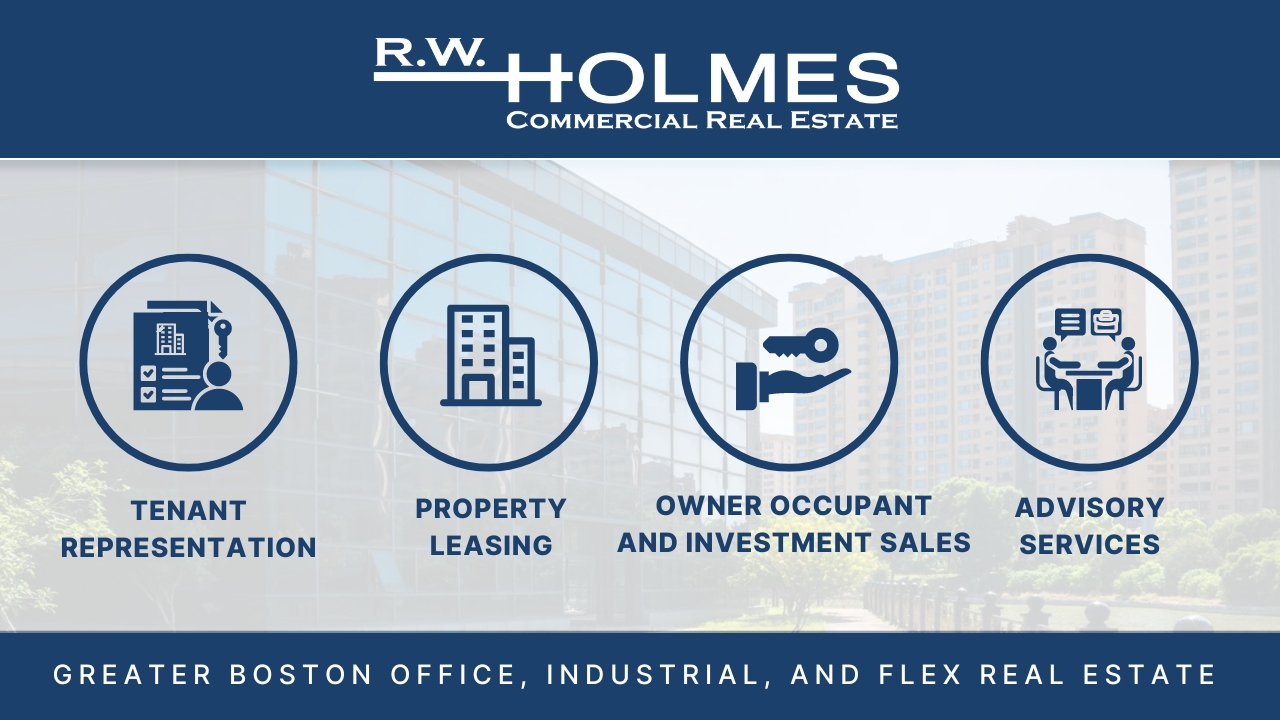CHICAGO– The healthcare industry remains one of the most resilient commercial real estate sectors, according to a recent report from JLL.
Tested and proven repeatedly over the last five years, the industry has emerged from the pandemic and looks toward an innovative future. According to JLL’s new Healthcare Real Estate Outlook, five trends will dominate healthcare in 2024: a focus on organizational fitness; rising costs alongside a tight talent pool; consolidation shakeups and vertical integration; disruptors that accelerate consumer-focused care; and artificial intelligence (AI) moving from theory into practice.
“We expect rising costs and slimming margins to continue putting pressure on health systems and other care providers this year,” said Jay Johnson, U.S. Practice Leader, Healthcare Markets, JLL. “Economic conditions will hopefully improve, but capital, labor and other costs will remain a challenge. High costs and the broader issue of long-term sustainability of the healthcare system will continue to prompt innovation and disruption from new entrants and technology. While health systems are concerned with the challenges of today, competitive pressures are causing them to also imagine what healthcare will look like beyond 2024 and not let the current landscape completely monopolize planning and investment.”
Median hospital margins were negative for over a year between January 2022 and February 2023, according to Kaufman Hall, and half of hospitals and health systems are still operating at a loss despite deceleration in wage growth and inflation. Fortunately, macroeconomic forecasts predict inflation will continue to slow during the year, but prices and interest rates are expected to remain high for the moment. For healthcare systems, this means margins are likely to improve, causing them to look to other areas, including real estate to combat rising costs.
Focus on organizational fitness
According to a July 2023 survey, JLL healthcare and life sciences clients ranked reducing operating costs as their top priority, leading health systems and care providers to look to their real estate to reduce costs and improve revenue. Increasingly, that will include assessing their internal real estate function and organization, in addition to the more traditional emphasis on the operating costs of the owned and leased properties.
“This is a year to re-evaluate, adjust and create new strategies,” said Alison Flynn Gaffney, FACHE, President, Healthcare Division, JLL. “Real estate costs make up a significant portion of a health system’s budget, so adjusting real estate portfolios and optimizing property and facilities management can free up capital to be redeployed for patient care and related mission priorities. Healthcare systems, providers and investors who thoroughly scrutinize their real estate team and focus on cost optimization and revenue generation will gain a competitive advantage in this dynamically evolving industry. While it may not be able to solve every challenge healthcare systems face, real estate can be part of the solution.”
Additionally, by adopting technology and leveraging the expertise and capabilities of external service partners, healthcare organizations can harness the full value of both the real estate and facilities department, as well as the operating performance of the locations they are responsible for procuring and maintaining. Doing so will allow the organization to be more strategic about their real estate and make changes that both improve operations and enable the organization’s mission and business objectives in the face of challenging economic conditions.
Rising wages + tight talent pool
Wages for healthcare jobs have risen dramatically in the last few years, outpacing inflation. While wage pressures are easing from record-high rates, the structural shortage of healthcare workers will continue to challenge operators in 2024. Starting in 2021, healthcare and social assistance jobs saw a dramatic increase in resignations and job postings as the pandemic compounded an already demanding occupation.
While job openings are starting to decrease, the quit rate has held steady, with about 2.5% of the healthcare workforce leaving their positions every month. According to the Advisory Board, total healthcare volume is expected to grow by 9.9% from 2022 to 2027, and Oxford Economics projects Healthcare and Social Assistance employment to grow only 7.8% in the same period.
“Healthcare is essentially people taking care of people, so hospital systems and providers will have to adjust in other areas of their business to accommodate for sustained higher wage growth,” Gaffney said. “Unless significant changes are made, staffing and labor challenges will only worsen, which could cause delays in patient care, continued burnout among workers and slow the timeline to add more services and open new healthcare facilities.”
Consolidation and vertical integration
Eighteen hospital and health system transactions were announced in 2023, which was more than the previous two years combined. Healthcare systems are experiencing a shakeup through increased consolidation of independent hospitals, smaller systems and physician-owned practices under the umbrella of larger health systems, and other payors and pharmacies are following suit through vertical integration.
“While held back by uncertain capital markets conditions, M&A will see a renewed interest in 2024 as rates stabilize,” said Kari Beets, Sr. Manager, Healthcare Research, JLL. “Mergers will be focused on adding components to their business, such as a hospital system expanding into freestanding imaging or retail-focused locations.”
Non-profits with better access to credit will lead the charge, especially academic or specialty hospitals that offer a quality, differentiated type of care. According to Kauffman Hall, academic and specialty hospitals are outperforming general acute-care hospitals with 70% and 53% inpatient occupancy, respectively. Systems or providers that have a cash reserve now will be better positioned for the future.
Additionally, systems, payors and pharmacies are vertically integrating through mergers to better control costs and receive revenue from the same patients across the spectrum of care. Hospital systems are acquiring outpatient operators or primary care practices, enabling them to benefit from the shift from inpatient to outpatient care.
Disruptions accelerate consumer-focused care
The shift from inpatient to outpatient care will continue its decade-long progression, and new entrants will accelerate the disruption. Technology companies, retail stores, private equity and for-profit operators will lead the shift to look at patients in a more holistic way. Health systems will follow this trend through broadening care offerings in a consumer-focused location strategy.
Following the consumer-based model, health systems and providers will further the “retailization” of healthcare, positioning facilities close to the consumer, providing multiple services in one location and tying in other health-focused amenities.
“The health landscape is shifting,” Johnson said. “Companies outside of traditional healthcare systems will continue investing and revolutionizing models of care in 2024, and, as innovations such as digital health and analytics and new classes of drugs and gene therapies allow better overall health, health systems and providers with this focus stand to benefit.”
Taking AI from theory to practice
AI is a partner, freeing up clinicians and administrators to focus on the parts of their jobs that only humans can do. In 2023, healthcare recognized the potential for AI to affect network planning, operations, cost management and patient care.
In 2024, health systems, providers and adjacent healthcare services will increasingly use AI to assist with decision making to improve efficiency and quality in care delivery. AI can also assist with optimizing facilities to improve patient care, and health systems can apply AI to understand how and where a provider’s time is spent and interpret this to better plan facility usage.
“Given the various safety and regulatory requirements and concerns, adoption of AI in healthcare is going to be cautious and slower than in other sectors,” said Andrew Quirk, Institutional Industries Lead, Project and Development Services, JLL. “Integrating clinicians and facilities staff into the development and implementation of AI will allow for the greatest buy-in and utilization.
JLL Healthcare provides a full range of real estate and facilities solutions for hospitals, physicians and other care providers as well as real estate investors that own and operate medical and seniors housing properties. The company helps its healthcare clients plan, find, finance, buy, lease, sell, construct, optimize, manage and maintain the most-advantageous facilities anywhere in the U.S. for all property types along the continuum of care, serving over 550 million square feet of healthcare property annually. Its professionals have deep technical expertise and market knowledge and are armed with the most innovative, data-driven analytics and business intelligence in the industry. Visit us.jll.com/healthcare to learn more.




















